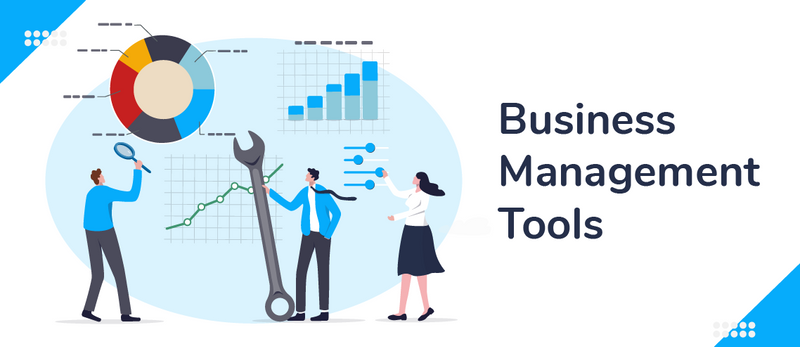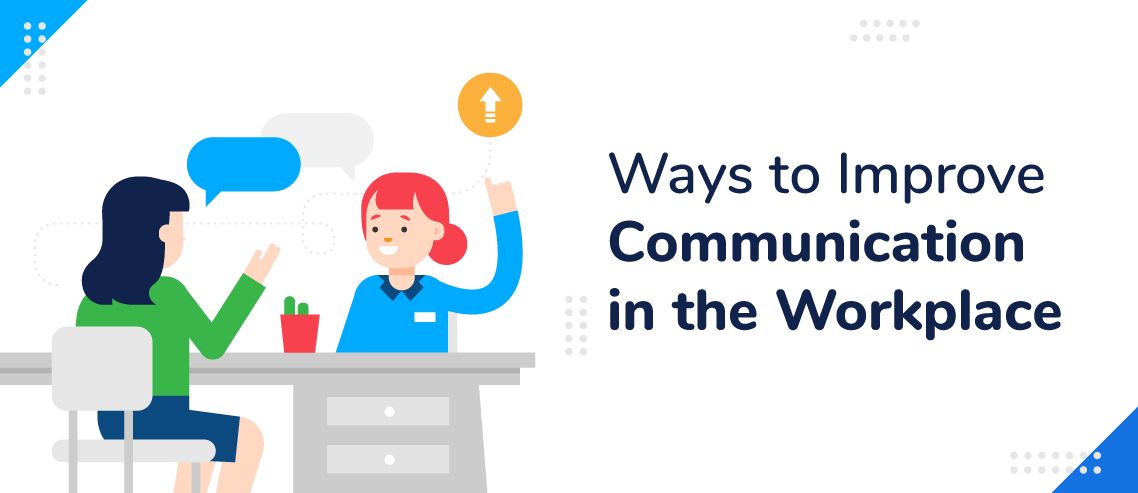24 Employee Incentive Ideas for 2024

According to a survey by WorldatWork, 85% of businesses that had employed incentive programs reported a positive impact on employee engagement.
This engagement doesn’t just boost morale — it translates into tangible benefits like increased productivity, improved teamwork, and overall better business outcomes.
In fact, according to the 2019 Gallup Workplace report, companies with highly engaged employees make 21% higher profits!
However, gone are the days when a simple bonus check would encapsulate the entirety of employee appreciation. Today’s workforce seeks more meaningful, personalized forms of recognition that resonate with their values and aspirations.
With this in mind, we’ve compiled a list of 24 innovative, non-monetary incentive ideas for 2024.
Let’s dive in and explore some creative ways to incentivize your workforce!
Do Non-Monetary Incentives Even Work?
While monetary incentives, such as bonuses and salary raises, can certainly motivate employees, non-monetary incentives have been proven to be just as effective, if not more so.
Harvard Business Review found that even small gestures of appreciation, like a sincere thank you or recognition in front of colleagues, can have a significant impact on employee motivation, performance, and job satisfaction.
Non-monetary incentives work because oftentimes their perceived value surpasses that of their monetary counterparts. Unlike a cash bonus, which is quickly spent and forgotten, incentives like professional development opportunities or personalized recognition resonate on a deeper level with employees.
They address core human needs such as belonging, appreciation, and personal growth.
24 Employee Incentive Ideas to Use in 2024
Let’s divide these ideas into three main categories: work-life balance incentives, recognition and growth incentives, and social incentives.
Work-Life Balance Incentives
These incentives are aimed at allowing employees to find a balance between their personal and professional lives. In doing so, they promote mental health, reduce stress, and improve work performance.
1. Flexible Working Hours
Balancing work with personal duties like eldercare or childcare is common. Acknowledging this, businesses can offer flexible hours, allowing employees to manage both roles efficiently.
This not only reduces stress but also increases loyalty. FlexJobs’ survey found that 80% of workers would be more loyal if they had flexible work options.
2. Remote Work Options
Studies have shown that working from home improves work-life balance and increases productivity.
Businesses can leverage this by offering a mix of remote and in-person work options.
Just make sure, your employees have clear work guidelines and tools needed to be as productive even if they are working from home. For instance, utilizing remote desktop software can facilitate seamless team collaboration and access to necessary resources.
Anchor: utilizing remote desktop software
3. Mental Health Days
Picture this: You arrive at work, not feeling your best. Your boss asks you what happened and you tell them that you’re feeling a little off. Without any further investigation, they offer you a day off.
Wouldn’t that make you feel appreciated? It definitely would.
Such mental health days demonstrate empathy and understanding, fostering a healthier work-life balance.
4. Fitness and Wellness Programs
Physical fitness is important. By offering gym memberships and wellness programs, businesses can promote healthier, more productive employees.
This incentive is especially beneficial for desk jobs as those employees tend to get the least amount of exercise. It can ensure your workforce stays healthy, leading to less work disruption because of illness.
5. Extended Paid Paternity/Maternity Leave
Having a baby is a life-changing event and new parents need time to adjust to it. Providing extended leave to new parents during this critical time not only promotes the health of both the parent and the child but also ensures that when these employees return to work, they are rejuvenated and motivated.
6. Childcare Support
According to a survey done by Harvard Business Review, almost 20% of working parents said that they’ve either left their jobs or reduced work hours solely due to childcare challenges.
To incentivize such parents, your business can provide on-site childcare facilities or collaborate with a third-party local provider.
7. Sabbaticals
Job burnout is a common issue, and sometimes the best remedy is simply a break. One way to provide this is through the offering of sabbaticals — extended leave periods with full or partial salary. They’re offered by 20% of Fortune’s 100 Best Companies.
For instance, an employee who has dedicated seven years to your company could be rewarded with a two-month paid sabbatical.
Recognition and Growth Incentives
Employee recognition is a powerful motivator and promotes a positive work culture. It shows employees that their contributions matter and inspires them to continue doing great work. Here are eight ideas to consider.
1. Professional Development Opportunities
LinkedIn’sWorkforce Learning Report revealed that 94% of employees would stay at a company longer if it invested in their learning and development.
Such investment can take the form of providing courses and workshops or even reimbursing tuition fees.
For example, if you have a marketing team member interested in learning coding, offer to cover part of the tuition or provide internal resources for learning.
2. Milestone Celebrations
Acknowledging employee milestones like work anniversaries and promotions through small celebrations or personalized gifts can go a long way in making employees feel valued and appreciated.
The gesture can be as simple as sending a handwritten note with a cupcake and congratulating the employee on their achievement.
3. Public Recognition and Shout-Outs
Going above and beyond in their work deserves recognition. By publicly acknowledging an employee’s hard work, businesses not only show appreciation but also inspire others to strive for excellence.
This can be done through company-wide emails, social media posts, or shout-outs in team meetings.
4. Dinner With the CEO
Employees often appreciate the opportunity to interact with upper management. So why not make it an incentive? Offer employees a chance to have dinner with the CEO as a reward for their hard work and dedication.
5. Project Autonomy
Giving employees the autonomy to lead projects or initiatives not only boosts their confidence and sense of ownership but also shows that their contributions are valued. This can result in increased innovation and creativity within the company.
6. Personalized Career Pathways
This involves creating individualized career development plans that align with each employee’s aspirations and skills. By doing this, businesses let employees know that they are invested in their future, which leads to increased motivation and performance.
7. Mentorship Programs
Pairing employees with more experienced colleagues can help them develop new skills and knowledge, while also creating a sense of community within the company.
Mentorship programs are especially beneficial for younger or newer employees who may need guidance in navigating their career paths.
8. Innovation Challenges
You can host monthly challenges or hackathons where employees can propose new innovative ideas. The company can then adopt the best of these, fostering an environment of creativity.
This strategy not only encourages innovation but also gives employees a sense of contribution to the company’s growth.
Social Incentives
Humans are social animals, and fostering connections within the workplace can improve employee satisfaction and retention. The following incentives promote socialization and team building.
1. Team Outings
Team outings such as once-a-week team lunches or outdoor activities like rock climbing allow employees to spend time together apart from office hours.
This brings employees closer, strengthens their relationships, and improves communication.
2. Social Events
Organizing social events like holiday parties, game nights, or weekend barbeques can boost morale and contribute significantly to workplace happiness. Happy workers, according to Oxford, are 13% more productive.
3. Cultural Celebration Days
There can be days when people from different cultures dress up in traditional attire, share food from their homes, and celebrate together.
This kind of diversity celebration promotes inclusivity, fosters cultural understanding, and encourages socialization among employees.
4. Bring Your Dog/Cat to Work Day
Allowing employees to bring their furry friends to work can boost morale and reduce stress. According to multiple studies, having pets in the workplace not only reduces stress levels but also increases job satisfaction and overall organizational commitment.
5. Free Snacks
Who doesn’t love snacks? Providing free snacks, fruits, and beverages at work can increase happiness, reduce stress, and improve productivity.
Another way of providing the same incentive is to give your employees discount coupons for selected restaurants.
6. Ticket to a Concert/Movie
Rewarding top-performing employees with tickets to a concert, movie, or event of their choice not only shows appreciation but also encourages them to take some time off and relax. This can help reduce burnout and improve overall well-being.
7. Sports Day
Organizing a sports day or participating in a local marathon as a team can foster camaraderie, boost physical wellness, and provide opportunities for employees to take part in activities outside of work. Plus, it’s always fun to get competitive with your coworkers!
8. Employee Clubs
Encouraging employees to form clubs or groups around shared interests can promote bonding and provide a sense of community within the workplace. From book clubs to hiking groups, these activities allow employees to connect on a personal level and create meaningful relationships.
9. Being Socially Responsible
Engaging in ethical and socially responsible business can be a powerful motivator for employees.
According to Cone Communications, around 76% of millennials consider a company’s social and environmental commitments when deciding whether to work there.
For example, if you are in the make-up industry, producing cruelty-free products will not only appeal to consumers but will also instill a sense of pride in your employees.
How Do I Implement These Incentives in My Workplace?
The effectiveness of these incentives depends on how well you can implement them in your workplace. Here is how you can go about implementing them:
- Survey your employees: There is no one-size-fits-all answer when it comes to workplace incentives. What works for company X might not work for you. So, start by getting an idea of what your employees would like. You can do this by doing a survey or placing suggestion boxes.
- Customize the incentives: Even within your organization, different people will have different preferences. For example, where one employee might be motivated by social gatherings and team outings, others might find public recognition more rewarding.
- Set clear criteria for earning incentives: For these incentives to work, they must be seen as fair and not as something that you can get by being the manager’s favorite. To do this you, have to establish strict and clear criteria for each incentive you introduce.
- Communicate clearly: Make sure that everyone is not only aware of the available incentives but also understands how they can benefit from them.
- Integrate incentives with the company’s culture: It’s hard to believe a company with a toxic work environment can motivate its employees by merely sharing their success on their social media once in a blue moon. For these incentives to work, it’s important they become a natural part of the work environment rather than an afterthought.
- Monitor and adjust: Carefully observe how your employees react to certain incentives. Withdraw the ones you think are not as popular or effective.
Takeaway
Employees work hard. Recognizing and rewarding their efforts is vital for your business’s success. With the right implementation, these 24 incentive ideas could be the perfect way to do exactly that.
So, why wait for tomorrow? Start appreciating and rewarding your employees today!
JD enjoys teaching people how to use ZoomShift to save time spent on scheduling. He’s curious, likes learning new things everyday and playing the guitar (although it’s a work in progress).



